Draft drum a symbol of Chenago’s Civil War past
NORWICH – This year marks the 150th anniversary of the beginning of the Civil War, one of the bloodiest and most brutal chapters in our nation’s history. To commemorate these tragic times that tore our country asunder and subsequently paved the way for the great nation of which we are now a part, the Chenango County Historical Society and the Chenango County Council of the Arts have planned a Civil War Commemorative Weekend, Aug. 25-27.
In the spirit of the civil war, we at The Evening Sun present the first of a series of articles about a few of the items and locations around Chenango County that were specifically relevant to the Union war effort and the men and women who served.
It was March, 1863, and President Lincoln had just signed into law an act for “enrolling and calling the National Forces.” The 114th New York Volunteer regiment, which had been active since September of 1862, would get their first group of drafted soldiers.

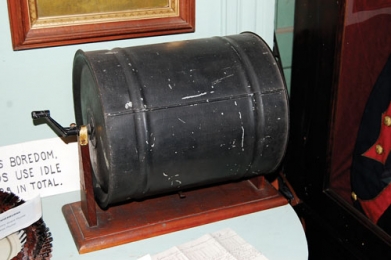

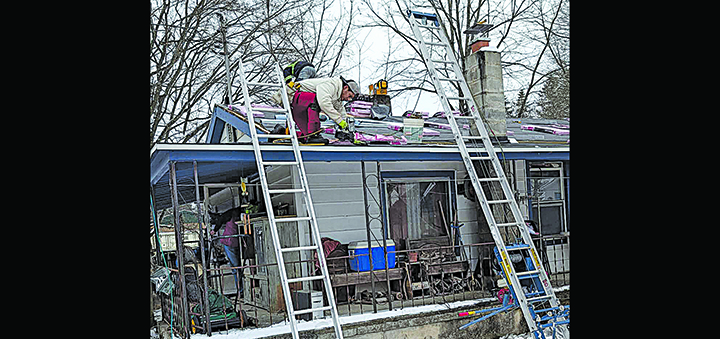
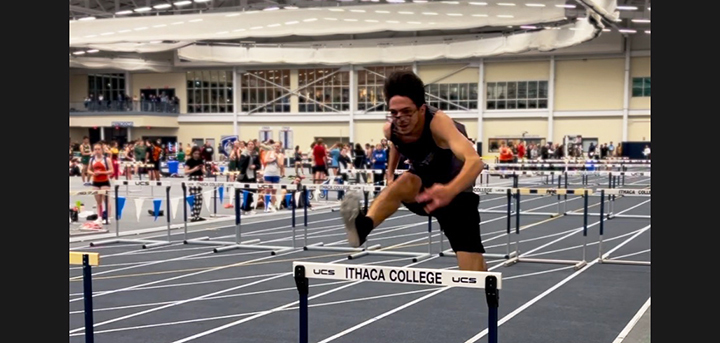
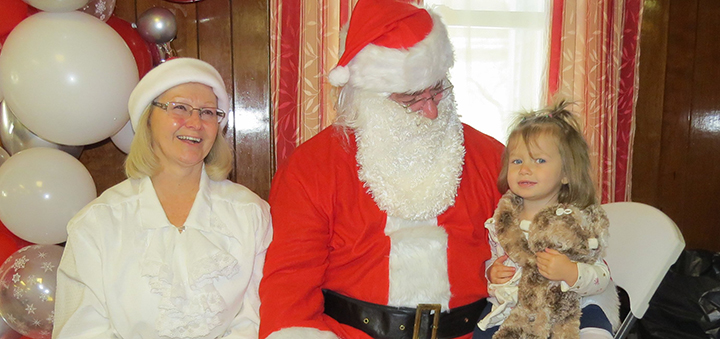
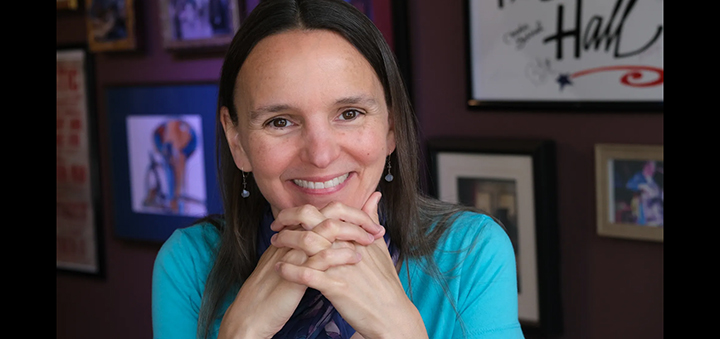
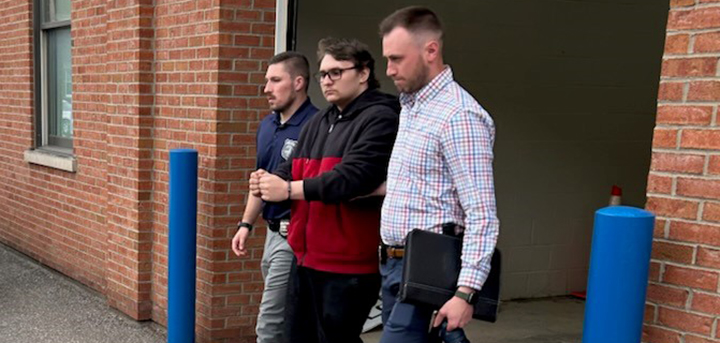

Comments